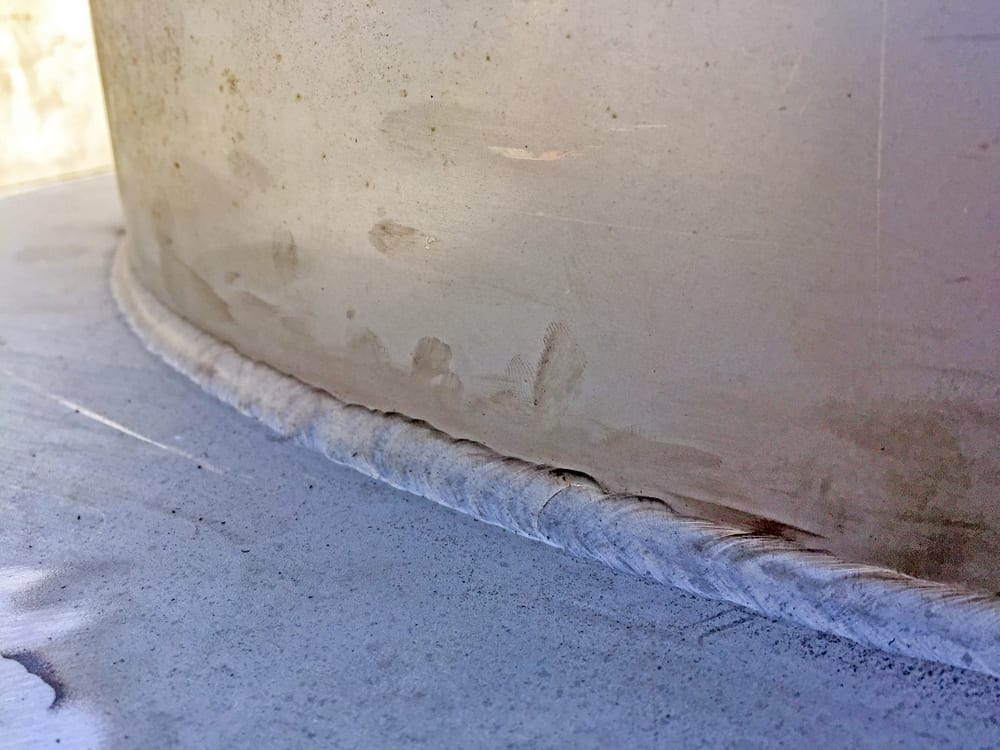Grasping the Art of Welding: How to Prevent Undercut Welding Issues for Flawless Manufacture Results
By understanding the root triggers of undercut welding and carrying out reliable methods to prevent it, welders can elevate their craft to new degrees of excellence. In the search of remarkable fabrication results, mastering the art of welding to stay clear of undercut concerns is not just an ability yet a need for those striving for perfection in their job.
Understanding Undercut Welding

To protect against undercut welding, welders must ensure proper welding specifications, such as adjusting the current, voltage, traveling speed, and maintaining the proper electrode angle. By recognizing the causes of undercut welding and applying preventative procedures, welders can achieve high-grade, structurally audio welds.
Root Causes Of Undercut in Welding
Recognizing the factors that add to damage in welding is crucial for welders to produce premium, structurally sound welds. When the weld steel does not properly fill the groove formed between the base metal and the previously transferred weld steel, damaging takes place. Numerous aspects can bring about undercut in welding. One typical reason is excessive heat input. Welding at heats for extensive periods can cause the base steel thawing greater than wanted, leading to damage. Poor welding existing or inaccurate welding rate can likewise add to damage. Not enough current might not provide adequate heat to melt the base and filler metals properly, while extreme speed can protect against correct combination, causing undercut. Furthermore, inappropriate electrode angles or inaccurate lantern adjustment methods can develop areas of low weld metal deposition, advertising undercut. Recognizing these causes and applying proper welding techniques can assist avoid damaging problems, making sure strong and resilient welds.
Methods to stop Undercutting

To mitigate the threat of undercutting in welding, welders can utilize strategic welding strategies intended at boosting the top quality and integrity of the weld joints. Furthermore, using the proper welding method for the particular joint configuration, such as weave or stringer beads, can add to minimizing undercutting.
Additionally, appropriate joint prep work, including guaranteeing clean base products without impurities and making use of the ideal welding consumables, is critical in preventing undercut problems. Using back-step welding strategies and regulating the weld bead profile can likewise read here help distribute heat evenly and minimize the risk of undercut. Routine inspection of the weld joint throughout and after welding, in addition to implementing top quality assurance actions, can assist in dealing with and spotting undercutting issues immediately. By carrying out these strategies vigilantly, welders can accomplish perfect fabrication results with very little undercut defects.
Value of Appropriate Welding Specifications
Choosing and keeping suitable welding criteria is essential for attaining effective welds with marginal issues. Welding parameters describe variables such as voltage, current, travel speed, electrode angle, and protecting gas circulation rate that straight influence the welding procedure. These criteria need to be meticulously readjusted based upon the kind of material being bonded, its density, and the welding method utilized.
Appropriate welding criteria guarantee the right quantity of warmth is related to thaw the base metals and filler product evenly. If the criteria are set too expensive, it can lead to excessive warmth input, creating burn-through, spatter, or distortion. On the other hand, if the specifications are too reduced, insufficient combination, lack of penetration, or damaging may occur.
Quality Control in Welding Workflow

Conclusion
In final thought, understanding the art of welding needs a detailed understanding of undercut welding, its reasons, and methods to avoid it. By making sure proper welding specifications and implementing top quality guarantee techniques, perfect construction results can be accomplished. It is crucial for welders to consistently pursue excellence in their welding operations to prevent undercut issues and produce premium welds.
Undercut welding, an usual defect in welding procedures, takes place when the weld steel doesn't correctly fill the groove and leaves a groove or clinical depression along the bonded joint.To protect against undercut welding, welders ought to make sure appropriate welding criteria, such as adjusting the existing, voltage, travel speed, and maintaining the correct electrode angle. Insufficient welding existing or incorrect welding rate can also add to damage.To reduce the risk of damaging in welding, welders can employ tactical welding techniques aimed at improving the high quality and integrity of the weld joints.In final thought, grasping the art of welding calls for a detailed understanding of undercut welding, its reasons, and techniques to avoid it.
Comments on “Specialist Approaches for Preventing Weld Undercut Successfully”